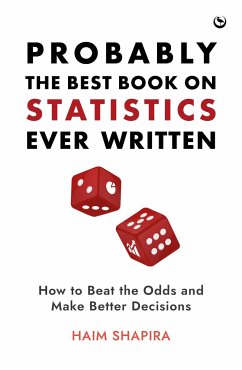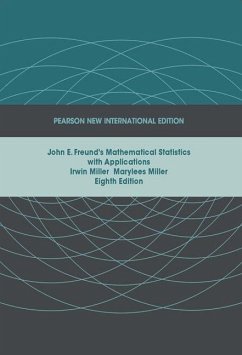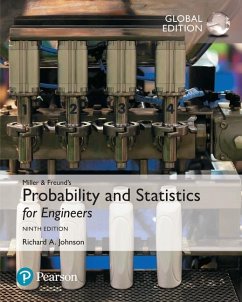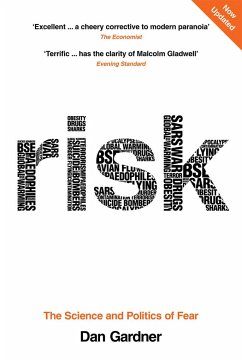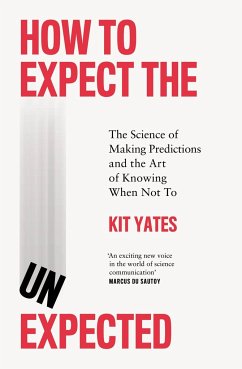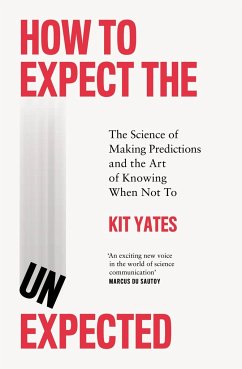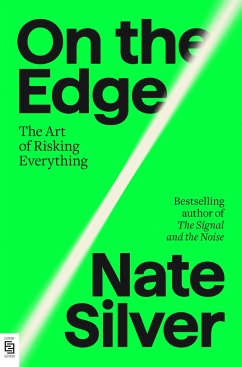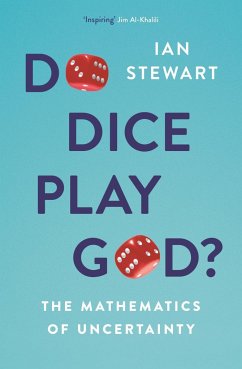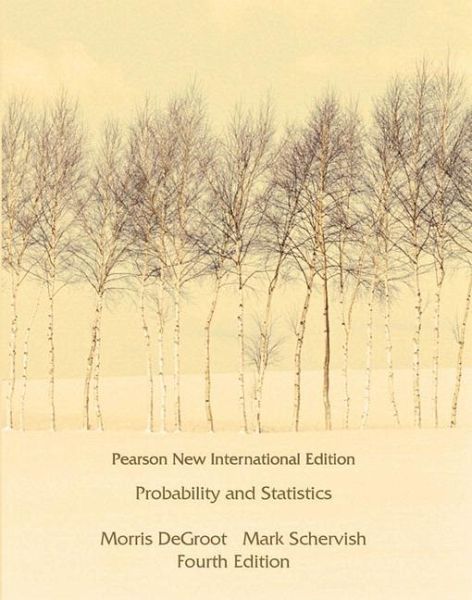
Probability and Statistics
Pearson New International Edition

PAYBACK Punkte
58 °P sammeln!
The revision of this well-respected text presents a balanced approach of the classical and Bayesian methods and now includes a chapter on simulation (including Markov chain Monte Carlo and the Bootstrap), coverage of residual analysis in linear models, and many examples using real data.
Probability & Statistics, Fourth Edition, was written for a one- or two-semester probability and statistics course. This course is offered primarily at four-year institutions and taken mostly by sophomore and junior level students majoring in mathematics or statistics. Calculus is a prerequisite, and a familiarity with the concepts and elementary properties of vectors and matrices is a plus.
Features + Benefits
Brief introductions in each technical section give readers a hint about what they are going to encounter, while summaries list the most important ideas.
In addition to examples using current data, some elementary concepts of probability are illustrated by famous examples such as the birthday problem, the tennis tournament problem, the matching problem, and the collector's problem.
Special features include sections on Markov chains, the gambler's ruin problem, and utility and preferences among gamblers. These topics are presented in an elementary fashion and can be omitted without loss of continuity.
Optional sections of the book are indicated by an asterisk in the Table of Contents.
Chapters 1—5 are devoted to probability and can serve as the text for a one-semester course on probability. Independence is now introduced after conditional probability.
Chapters 6—10 are devoted to statistical inference. Both classical and Bayesian statistical methods are developed in an integrated presentation which will be useful to students when applying the concepts to the real world.
1. Introduction to Probability
2. Conditional Probability
3. Random Variables and Distributions
4. Expectation
5. Special Distributions
6. Large Random Samples
7. Estimation
8. Sampling Distributions of Estimators
9. Testing Hypotheses
10. Categorical Data and Nonparametric Methods
11. Linear Statistical Models
Probability & Statistics, Fourth Edition, was written for a one- or two-semester probability and statistics course. This course is offered primarily at four-year institutions and taken mostly by sophomore and junior level students majoring in mathematics or statistics. Calculus is a prerequisite, and a familiarity with the concepts and elementary properties of vectors and matrices is a plus.
Features + Benefits
Brief introductions in each technical section give readers a hint about what they are going to encounter, while summaries list the most important ideas.
In addition to examples using current data, some elementary concepts of probability are illustrated by famous examples such as the birthday problem, the tennis tournament problem, the matching problem, and the collector's problem.
Special features include sections on Markov chains, the gambler's ruin problem, and utility and preferences among gamblers. These topics are presented in an elementary fashion and can be omitted without loss of continuity.
Optional sections of the book are indicated by an asterisk in the Table of Contents.
Chapters 1—5 are devoted to probability and can serve as the text for a one-semester course on probability. Independence is now introduced after conditional probability.
Chapters 6—10 are devoted to statistical inference. Both classical and Bayesian statistical methods are developed in an integrated presentation which will be useful to students when applying the concepts to the real world.
1. Introduction to Probability
2. Conditional Probability
3. Random Variables and Distributions
4. Expectation
5. Special Distributions
6. Large Random Samples
7. Estimation
8. Sampling Distributions of Estimators
9. Testing Hypotheses
10. Categorical Data and Nonparametric Methods
11. Linear Statistical Models
Dieser Artikel kann nur an eine deutsche Lieferadresse ausgeliefert werden.




